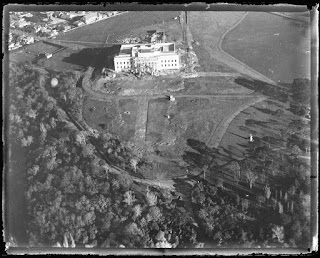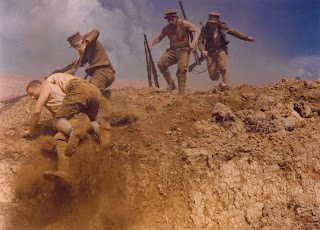Coffee Lounge Culture

Coffee lounges opened in Auckland in the 1950s and filled a social gap for people who weren’t attracted to other entertainments available at that time such as commercial cabaret and big bands in ballrooms. They sported glamorous European-inspired names like C’est si Bon, El Paso, La Ronde, Picasso and Piccolo and their décor was Bohemian chic. Walls were covered in murals, or posters of bull fights, and ceilings were painted black and draped in fishing nets. Tables were lit by candles stuck in Chianti bottles, and the air was usually thick with cigarette smoke. Ref: John Rykenberg, Auckland restaurant, 1959, Sir George Grey Special Collections, Auckland Libraries, 1269-A997-3.







